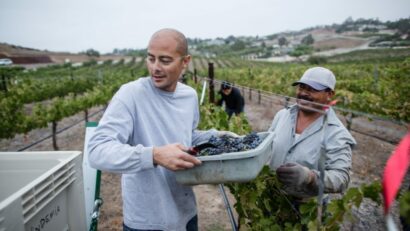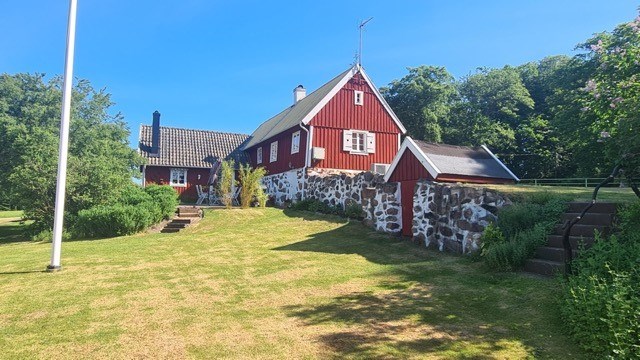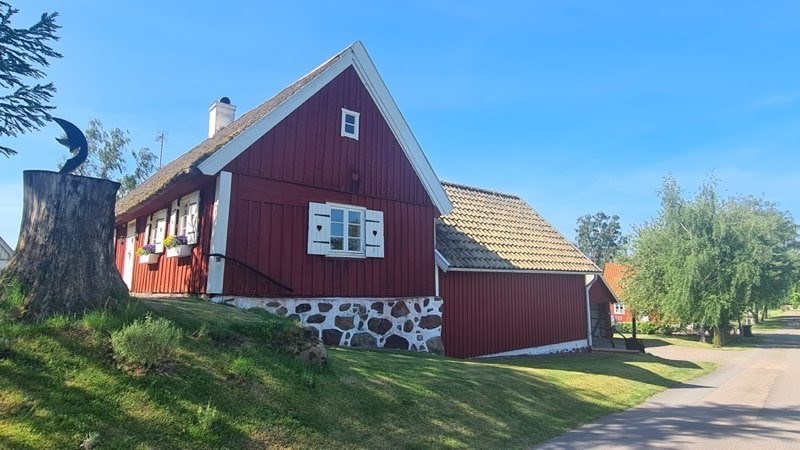
Colombia strengthens regional economies and promotes cooperation instead of competition
Latin America is emerging as the place to look for alternatives to the neoliberal economic system. In Colombia, the Gustavo Petro led government has spent the last year restructuring the previously isolated sector of small businesses and cooperatives. Petro wants to shift away from this model, and into a solidarity-based system.
The German-language Latin America news portal amerika21 reports that the establishment of a solidarity sector is intended to promote small domestic companies in Colombia. These companies include coffee producers, food vendors, artists and small businesses in the construction sector. The Colombian government has already initiated solidarity-based associations of micro-businesses in eleven regions, with a total of 33 of these projects planned. At a year-end meeting in Ibagué, 3,200 organisations celebrated the development of the solidarity economy in the country.
NEW ECONOMIC APPROACH: COOPERATION INSTEAD OF COMPETITION
The co-operatives, small businesses and small-scale farmers in the eleven regions have joined together to form so-called circuits. This means that, based on the interactions between their products and services, the businesses have also formed cross-sector networks. For example, the “Circuit for Industry, Trade and Tourism” has been created in the northern department of La Guajira and the “Circuit for Tourism and Renewable Energies” in the desert region of Tatacoa.
In the “Solidarity Network of Coffee” (Cafesol) in the department of Huila, small coffee farmers can now join forces instead of competing against each other.
PETRO WANTS TO FAVOUR COOPERATIVES FOR CONTRACTS
Last year, the government department for solidarity organisation in Colombia launched a project to create a solidarity sector. Initially, the department organised local meetings on the topic of the solidarity economy, where small-scale farmers, cooperatives and micro-enterprises could get to know each other and exchange ideas. Entrepreneurs were then trained to take on leadership positions in an educational programme. This enabled existing cooperatives to be strengthened and new cycles to be established.
President Gustavo Petro emphasises the strategic importance of the solidarity sector for the economy in Colombia:
“We want associations of small shopkeepers alongside the financial cooperatives. We want associations of small potato farmers who join forces to obtain subsidised loans so that they can begin the light industrialisation of their products.”
In addition, 30% of state contracts will no longer be carried out by large companies in future. Rather, they will be taken by joint co-operatives. This applies to projects such as road construction. The mergers of small companies therefore make it possible to complete larger contracts, which in turn generates more profit for the sector.
SOLIDARITY-BASED ECONOMY INSTEAD OF NEOLIBERALISM
The Colombian government under the presidency of Gustavo Petro shows that there are alternatives to the neoliberal model. Instead of emphasising competition, the economy is to be geared more towards a principle of solidarity by promoting the cooperative sector. The project suggests that it is possible to strengthen the local economy with the help of small businesses and cooperatives. With the development of a solidarity-based sector, small businesses can be maintained and further developed collectively.
This work is licensed under the Creative Common License. It can be republished for free, either translated or in the original language. In both cases, please cite Kontrast.at / Anna Drujan as the original source/author and set a link to this article on Scoop.me. https://thebetter.news/colombia-promotes-economic-cooperation/
The rights to the content remain with the original publisher. Läs mer…








